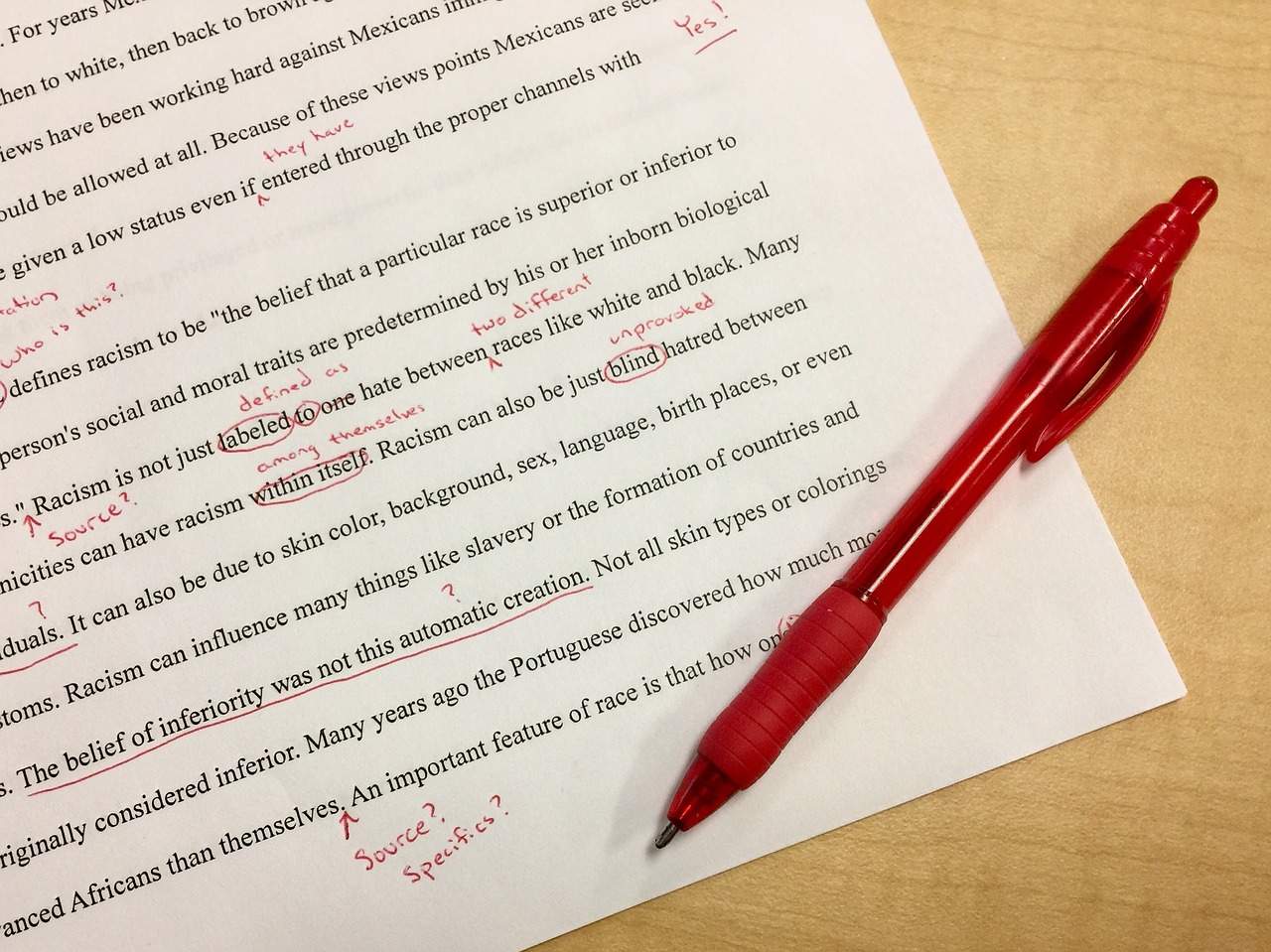
Have you written a great text but don’t know how to proofread it? Don’t panic! It’s not as difficult as it seems—especially if you consider some guidelines on how to check the content.
What makes proofreading a complicated job?
Writing can be rather intense, since it’s connected with expressing your ideas, presenting convincing arguments to back up your point of view, and maintaining written communication with the reader. By doing so, you develop writing skills and let them reach a certain degree of perfection and creativity. Yet, when the content is already finished, it’s time to proofread. However, this process often doesn’t seem so exciting. Basically, it means scanning the content with precision to find and correct all possible mistakes in grammar, spelling, style, as well as errors in punctuation. Some editors compare it to cleaning your kitchen, which is not as fun as cooking. In this article, we will touch upon pieces of advice on how to edit your text precisely and suggest additional ways to improve your proofreading skills.
How to get ready for proofreading?
According to the content specialists of the writing center at the University of Wisconsin-Madison, we can divide polishing a text into two stages: before proofreading and proofreading itself. Thus, previous to checking your writing piece, it would be a good idea to get ready for text analysis and correction making. What does this mean?
Forget about the text for a while. At the first stage, it’s a good idea not to start editing the draft right away, but to put it aside for a while. In fact, the time period can vary from 15-30 minutes to several hours and even days. Though such a tip can sound strange, its practical meaning is vital. The thing is that when you make a pause after writing, it helps you notice mistakes better and faster, since you take a fresh look at it.
Ensure you completed all parts of the content. Look at your text to check whether you managed to arrange all the paragraphs properly, disclose all the points in details, and make it sound logical. It’s much better to start proofreading when the content doesn’t need any fundamental changes, like rearranging the structure, writing additional paragraphs, etc., so you can start making the final corrections.
Make a list of your typical mistakes. Write them out on a separate paper before you start searching for any possible inaccuracies. It’s a perfect way to be alert and to know what to look for.
What can help you to proofread a text professionally?

Once you finished the preparation, feel free to edit the writing piece. The following tips can be rather useful.
Choose a suitable time. There’s no unique advice about what’s the most appropriate time for proofreading a text. So, the best thing to do is practical research. With the help of this, you can find out when you can fully concentrate on proofreading. It shouldn’t necessarily be morning. On the contrary, you might feel your brain works much better in the daytime, or even in the late hours when there are no distractions.
Slow down. Since proofreading deals with writing accuracy, it’s better not to hurry. There’s no need to worry if this ending phase will take a bit longer than you planned. Double-checking a document, article, or any other writing piece will help you refine the content thoroughly.
Edit a writing piece at least three times. It’s hardly possible to refine the content after reading it just one time. Not all mistakes are seen at once. Thus, if you aim to proofread a text efficiently, it’s better to come back to editing it two more times.
Print the text out. After typing the text and making basic changes to it via a word processor, have a look at the printed version of the document. Such a change has many benefits. First, you will have the writing piece right before you. Second, you can walk around with it and find a place where there’s more light, space, or is simply more suitable for analyzing the text.
Proofread different aspects of the draft separately. Try breaking this activity into smaller parts. For example, check all the headlines first, then come to spelling, and finally, move to grammar. Be sure you make a break after each session, though. This will help you edit the text more precisely.
Use the “Control+F” function. In such a simple way, you can scan the text, see how many times you have used the same word, and substitute it with a synonym where necessary. Furthermore, it’s a good way to analyze the writing in order to search for homophones (e.g. it’s–its, your–you’re, their–there, etc.), and choose the correct option.
Read the text aloud and backwards. Though such a technique may seem rather strange, it allows you to concentrate on each word separately rather than on full sentences. When reading it out loud, you are more than likely to notice mistakes that won’t be visible when reviewing the text silently.
Additional ways to improve your proofreading skills
The techniques suggested above will help you to refine the quality of your text. Yet, if you want to become a proofreading expert, there are proven ways to increase your competence significantly.
Thus, for instance, you can use a guide, attend a master-class, or go to an online course in proofreading. Each of these options has its advantages. Thus, when using a book with guidelines, you will have all the needed tips and recommendations at hand at any time you need them.
If you choose to study proofreading online, you will get deep insight into it. Moreover, you will brush up your skills when completing a number of practical tasks from your teachers.
Finally, participating in master-classes from leading content specialists won’t take much time, but you may learn a lot from professional writers and editors who are ready to share their experience. Moreover, they can give you advice on how to cope with certain difficulties connected with proofreading.
Conclusions
Proofreading a text may become much easier upon following a number of recommendations that will help you master it quickly. Moreover, very soon you will notice that you can cope with searching for mistakes and refining content successfully on your own.

